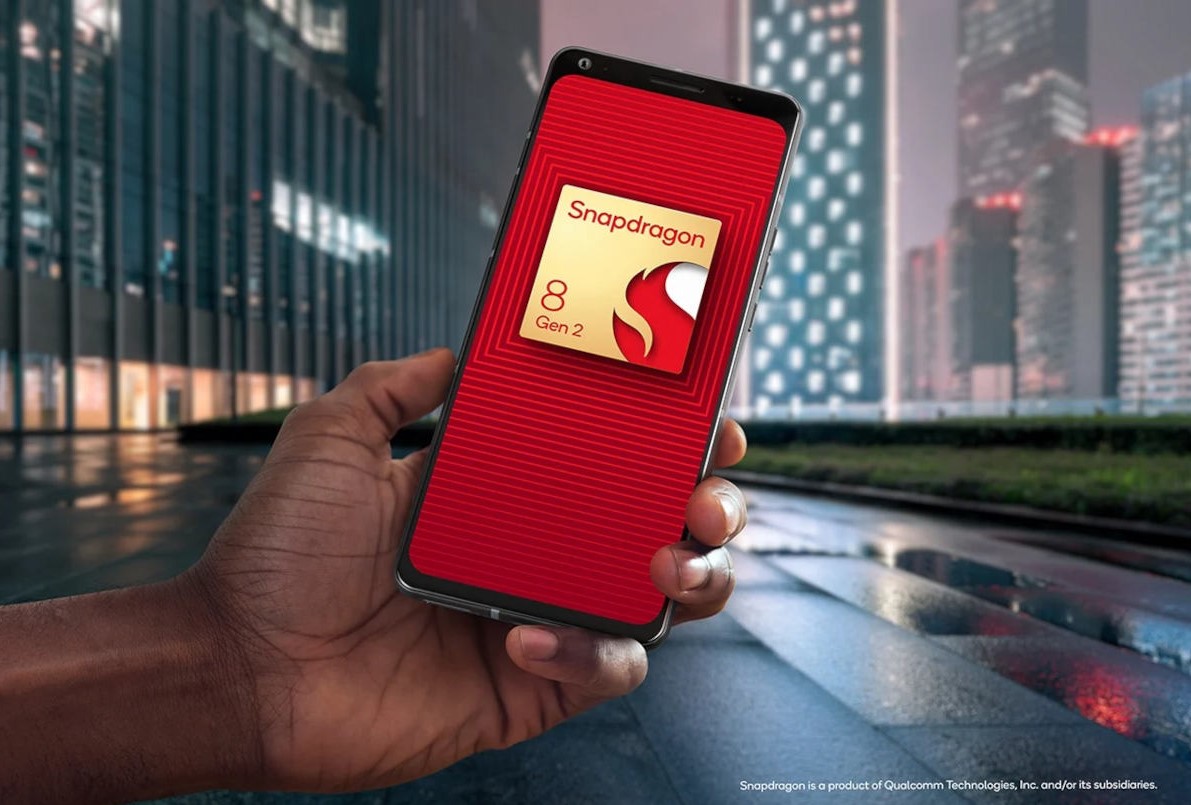New smartphones with Snapdragon 8 gen 3 will fight with the currency of new iPhones
So far, the market has been painted in the light colors of Apple’s technological advantage in the mobile computing market. Qualcomm was going to spend improved Snapdragon 8 Gen 2 SoC in the form of a refresh (Snapdragon 8+), and Apple completely dominates the market with its A17 Bionic, as TSMC’s main customer for the 3nm production line. This new technological process offers gains in every possible parcel, guaranteeing a 10-15% increase in raw chip performance or up to 30% reduction in power consumption, which, combined with the architecture improved, is the perfect recipe for a next-generation SoC. .
Read also: There was a folding Razr, long enough for a rolled Rizr. Motorola unveiled the smartphone of the future

It’s just that Qualcomm has no intention of giving up its dominance in the mobile computing space so easily. The manufacturer has decided to focus on the next generation of SoC (Snapdragon 8 Gen 3), abandoning the plan to refresh the current one. At least that’s what they report latest unofficial details on shares of the company, which is rumored to release the Snapdragon 8+ Gen 2 refresh in late 2023 or early 2024. The refresh was supposed to offer some improvements in CPU and GPU performance, as well as power and thermal efficiency , while supporting new features, but apparently that would be a kick in the foot due to Apple’s growing lead in the mobile SoC market.

Read also: Smartphone sales will continue to decline. It’s time to finally understand that customers don’t want so much new stuff
Hence the company’s (correct) decision to launch an all-new Snapdragon 8 generation, which has yet to be officially announced. Snapdragon 8 gen 3 should keep the 1+4+3 CPU configuration and expect an even more efficient core (Cortex-X4) with a clock speed of up to 3.7 GH, which is 15% faster than the Cortex-X3 present in Snapdragon 8 gen 2. Other cores are to include Cortex-A715 and Cortex-A515 respectively, with clock speed unknown.
Technologically, this new SoC from Qualcomm won’t be as advanced as Apple’s A17 Bionic, as it will be manufactured using TSMC’s 4nm (N4P) process instead of 3nm. The potential premiere of the third generation Snapdragon 8 is due to take place at the end of this year, about a year after the debut of Snapdragon 8 gen 2, which is currently heading into new flagship smartphones. But even so, on paper and in benchmarks, the Snapdragon 8 gen 3 should outperform the CPU. Apple, however, doesn’t really care, as the company has apparently chosen a much better tactic with its A17 Bionic.

Read also: Fast charging on a smartphone like Pit Stop in Formula 1. 300 W is the definition of pure madness
Instead of chasing the following in the tests, Apple should focus on ensuring the highest possible power efficiency of its next-generation SoC. This will directly affect the durability of the battery on a single charge, and furthermore, it may even directly affect the internal design itself, which may not require such an extensive cooling system, thus reducing the weight of the smartphone by a few grams . In other words, Apple can show the world with the 15th generation iPhone that blind pursuit of computing performance can lead to what happened in the gaming laptop market. Manufacturers should remember that energy and thermal efficiency are also important.